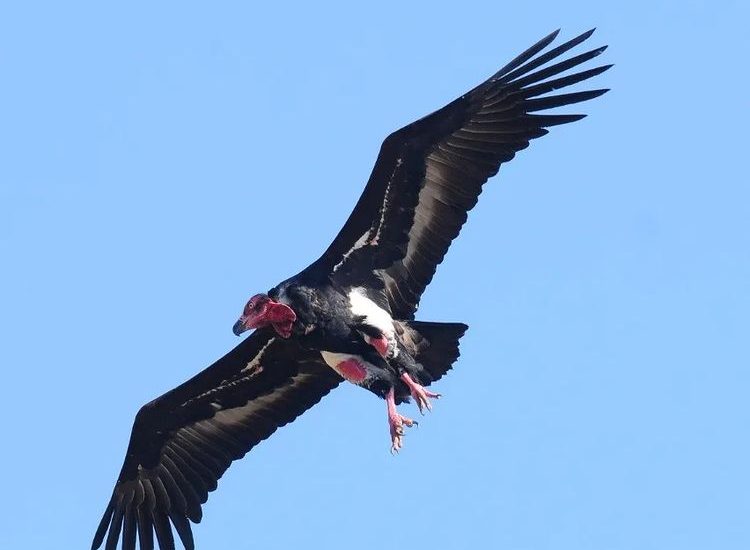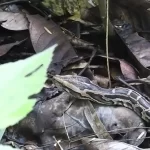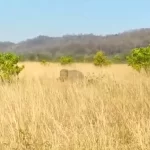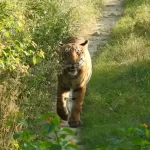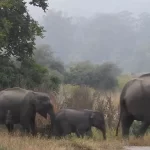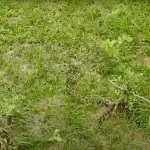IUCN reclassified the red-headed vulture from “least concern” to “near threatened” in 2004. Previously, the red-headed vulture was declining slowly. In recent years, however, the widespread use of the NSAID diclofenac in veterinary medicine in India has caused the country’s population to decline. It is now known that Diclofenac is extremely toxic to vultures. Since the late 1990s, the red-headed vulture population has roughly halved every other year, and a species that once numbered in the hundreds of thousands has come perilously close to extinction in less than two decades. As a result, it was upgraded to critically endangered status on the 2007 IUCN Red List.
These lovely photographs by our team of naturalists at Jim’s Jungle Retreat, we wish are not the last of such imagery, given that vultures are halving in population every year. On the occasion International Vulture Awareness Day, we beseech all stakeholders to take a deeper look on what we can do to mitigate such loss of natural heritage.
